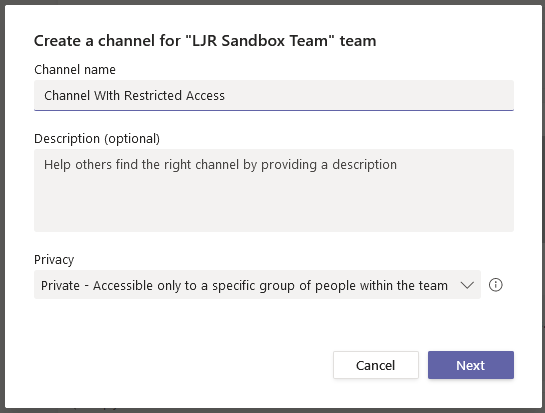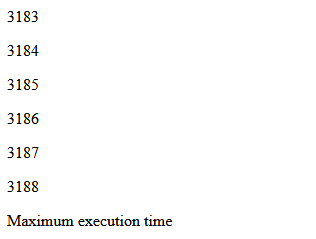I always wanted to run for federal office on the platform of direct representation — more a technology than a platform. Develop a system that allows constituents to log in and vote for any legislation — basically like proxy voting for shareholders. I’d deliver summary and full text content of anything in advance of the vote, and I’d cast my vote as dictated by my constituents. And constituents could see the vote totals for each piece of legislation to prove that I am voting based on real input. Obviously, this platform suffers an immense privilege problem — it’s great for a demographic with free time to read through legislation and convenient Internet access. It also suffers a civic disengagement problem — does anyone actually want to read through the text of everything that’s coming up in my committees and to floor votes? It’s quite possible that I’d be voting against the National Law Enforcement Museum Commemorative Coin Act (H.R. 1865) because five people bothered to lodge an opinion … and only to troll the entire idea behind direct representation. And none of that considers the threat of malicious actors.
Once there is a platform available for one legislator, expending it to others in the same chamber is trivial. Adding the other chamber or state legislatures is an undertaking from a content-development standpoint (what *is* on schedule for the Oregon Senate today?), but the underlying development effort is the same. Somewhat like the National Popular Vote compact is an end-run around formalizing the eradication of the Electoral College, this would be an end-run around indirect representation.
But I’ve thought, of late, that starting at the Federal level is misguided — if for no other reason than the incredible amount of money it takes to run a campaign for federal office. But also because getting the six million or so Ohio voters set up for direct representation by their state Senator would be a logistical nightmare. It seems better to begin implementation at the local level — run for school board or a Township Trustee position where you are concerned about a few thousand voters. Use local offices as small proof-of-concept experiments. Maybe it doesn’t work out — maybe no one cares enough to check what’s being discussed and vote for their position. Maybe running and supporting the platform is too expensive or time consuming. Hell, maybe no one is interested enough in direct representation for a direct representation candidate to win in the first place.



